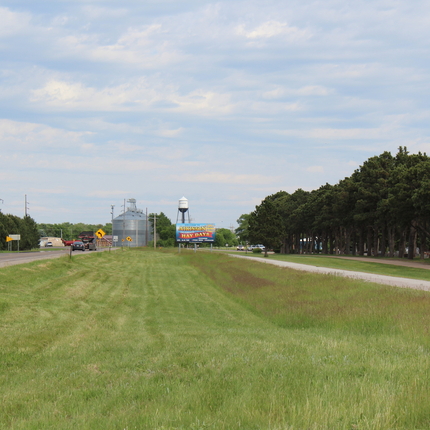By Jordan Rasmussen, former staff member. Para la versión en español de esta historia, por favor oprima aqui.
By now, you have most likely received a postcard or letter in your mailbox inviting you to participate in the 2020 Census.
Set forth as an effort to count everyone in the U.S., the data collected as part of the census impacts everyone who is, or is not, counted. This includes babies and elders, citizens and non-citizens, urban and rural residents, and all other persons in between.
Before your mailer filters to the bottom of your to-do stack, take a moment to recognize why completing the census is so important, especially for residents of rural communities and states.
At its most basic level, data collected through the census ensures equal representation in government, the distribution of federal tax dollars back to states, and provides much-needed data and counts. With this data, policy and decision makers at all levels of government, as well as sectors of business, industry, and services, can make informed decisions. A decennial census is also required under the U.S. Constitution.
Given the ever-increasing diversity of rural residents, an aging population, and the disparities in access to services—from broadband to health care—counting every person living in a rural area is incredibly important. This is especially evident as consideration is given to programs, services, and infrastructure projects that have funding based on demographic data collected through the census.
For every person who goes uncounted, states and local entities may lose critical federal resources. For example, in the Center for Rural Affairs’ home state of Nebraska, for every uncounted resident, more than $2,000 will be lost annually. This cost is even greater in states where a larger portion of spending is drawn from federal grants.
Unfortunately, our rural populations are often more difficult to count due to remoteness, limited broadband access, or other socioeconomic factors. As reported by Georgetown Law’s Center on Poverty and Inequality, during the 2010 Census, nearly 80 percent of hard-to-count counties were rural. This means more effort, investment, education, and enumerators on the ground are needed to collect census information from rural residents.
That is where you play an important role in helping ensure that you and your rural neighbors are counted.
First, complete the census for yourself and those living in your home—online, by mail, phone, or in-person interview. Second, encourage your neighbors, family members, and friends to do the same. There are also employment and volunteer opportunities available through the Census Bureau or local nonprofit complete count committees to help collect data.
We encourage everyone to do their part. Don’t let April 1, 2020, come and go without being counted.
For more information, visit 2020census.gov.





